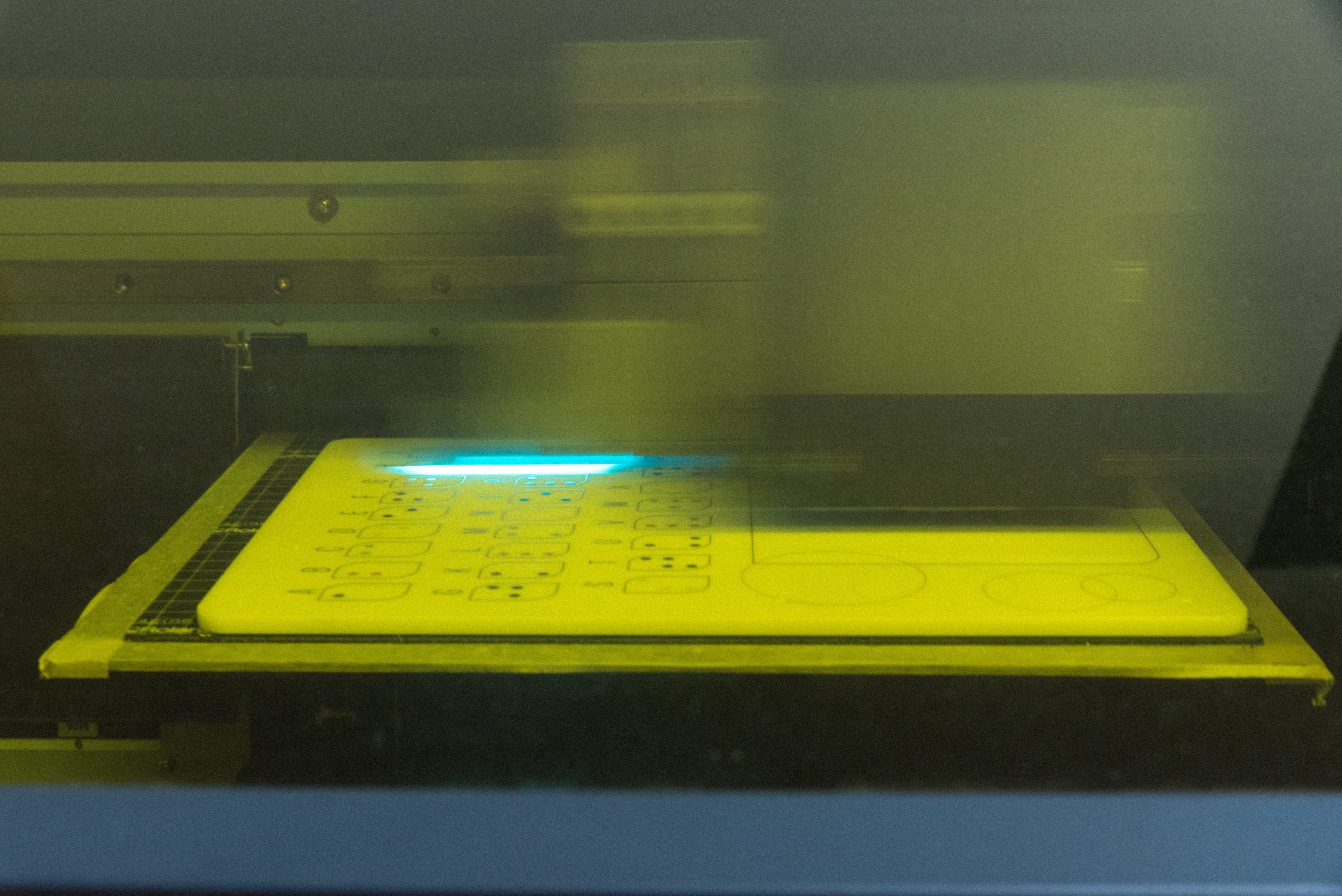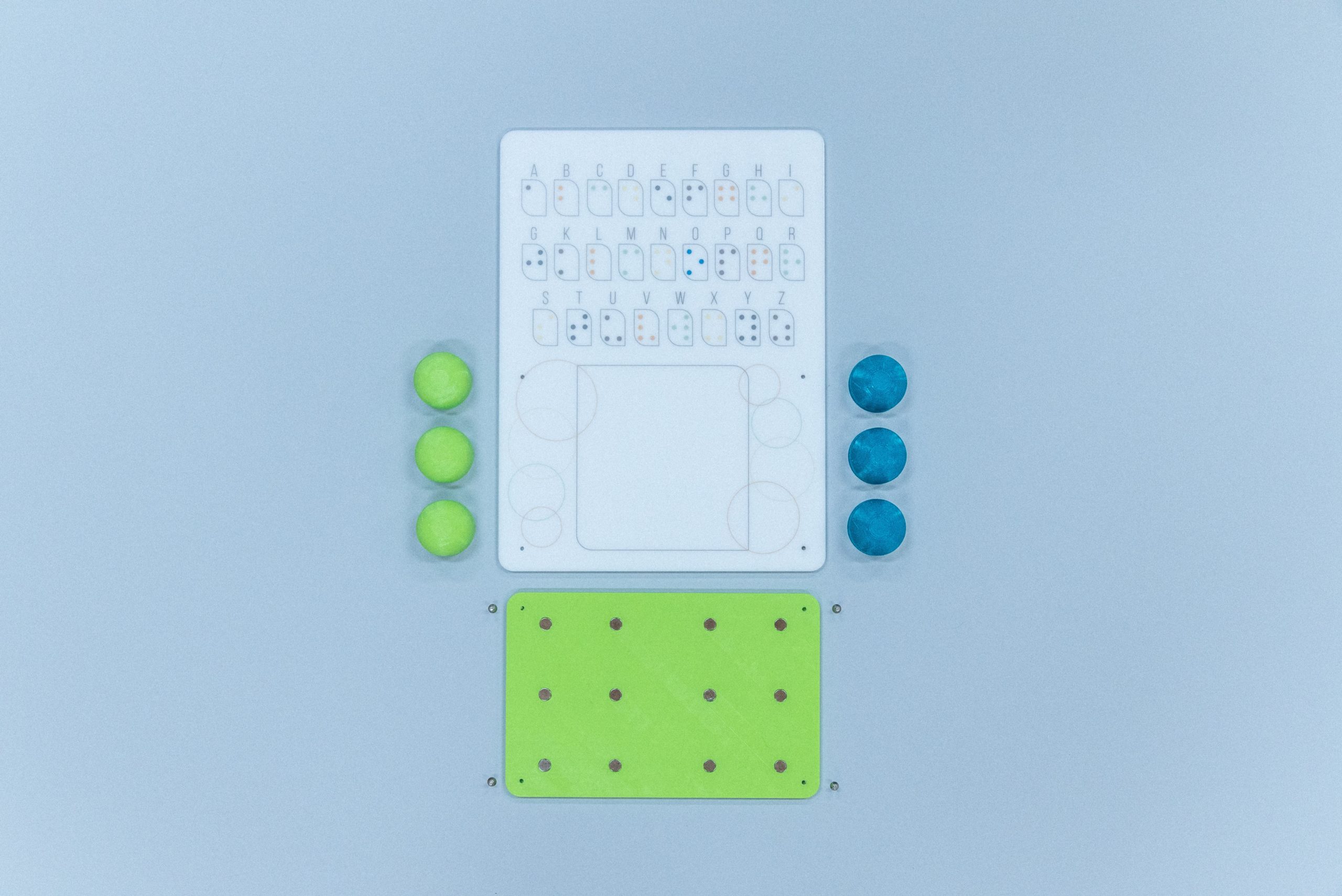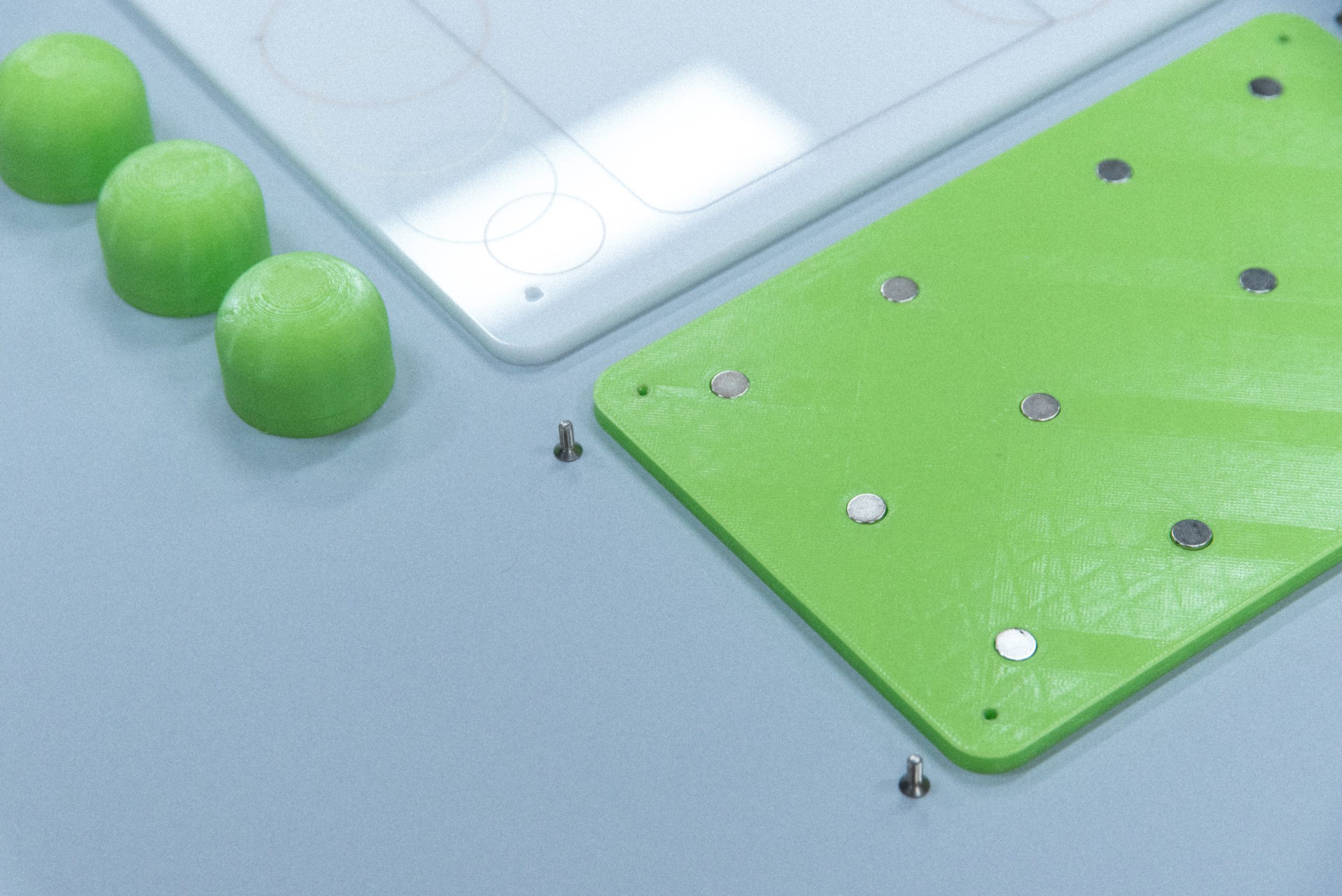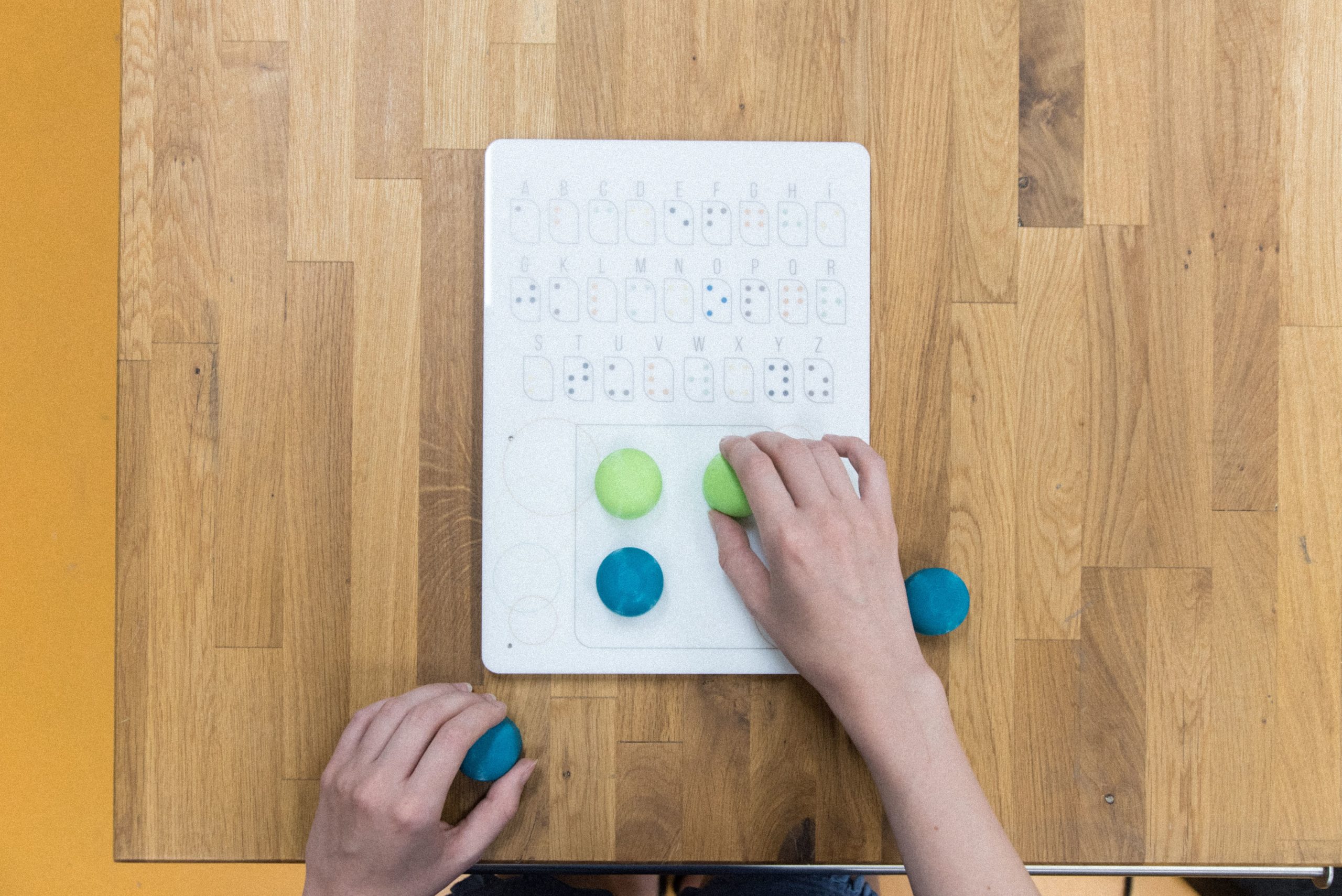Blog
A simple interactive object to help you learn the Braille Alphabet. Meet the creator of the project, Tomiris Kossanova, and the digitally fabricated Brailled tool.

Tomiris is from Almaty, Kazakhstan and is a third-year student of industrial design engineering. She moved to Budapest to study in 2018, and has been constantly inspired by the city and the people living here ever since. Her current passion is inclusive design, she is interested in creating products for well-being. Her diploma thesis focuses on the design of a light therapy lamp that can help treat seasonal affective disorder and other health issues. In addition to the university, as a UX design intern, she also explores how to design products that can make an impact and bring about change. “I believe that if we think about how we can make this world more accessible, the world will be a better place for everyone,” she said. Her project made for the Distributed Design open call of FabLab Budapest also builds on similar ideas.

According to her, vision is something without which she cannot imagine her everyday life. She has had high myopia since a childhood accident, which also inspires the concept of her object. “When FabLab Budapest launched an open call for inclusive projects within the framework of DDMP, I was thinking of planning something that would contribute to learning the Braille Alphabet,” she noted.

The Brailled tool, dreamed up by Tomiris, is a very simple interactive and tactile object designed for those who want to learn the Braille Alphabet. The tool includes the printed and tactile English Braille Alphabet, as well as an interactive part that allows learners to copy each letter with six dot-like elements. The main plate of the object is made with a laser cutter, on which the graphic elements are placed with an UV printer; the “knobs” are 3D-printed, each with a magnet inside.

“I’m very grateful for the mentoring I got at FabLab—the prototype has been operating much better than I first thought! Initially, I suggested it be made of plywood, and overall it contained a lot of details. The final prototype is long-lasting, easy to clean when needed, and most importantly, comfortable to use,” Tomiris detailed.

We also asked the designer what aspects she learnt during this design process which she would like to include in her future projects.
“I learned so many great things during the project! I would like to highlight some of them:
for example, the importance of collaboration and community. Without great people, new ideas, and different perspectives, hardly anything could be accomplished. It’s also essential that we enjoy the process: I’ve learned how much the whole process of iteration, testing, and designing means. The third aspect I would highlight is simplification. I understood how great a challenge it can be to come up with a simple solution, yet it is rewarding,” she emphasized.
